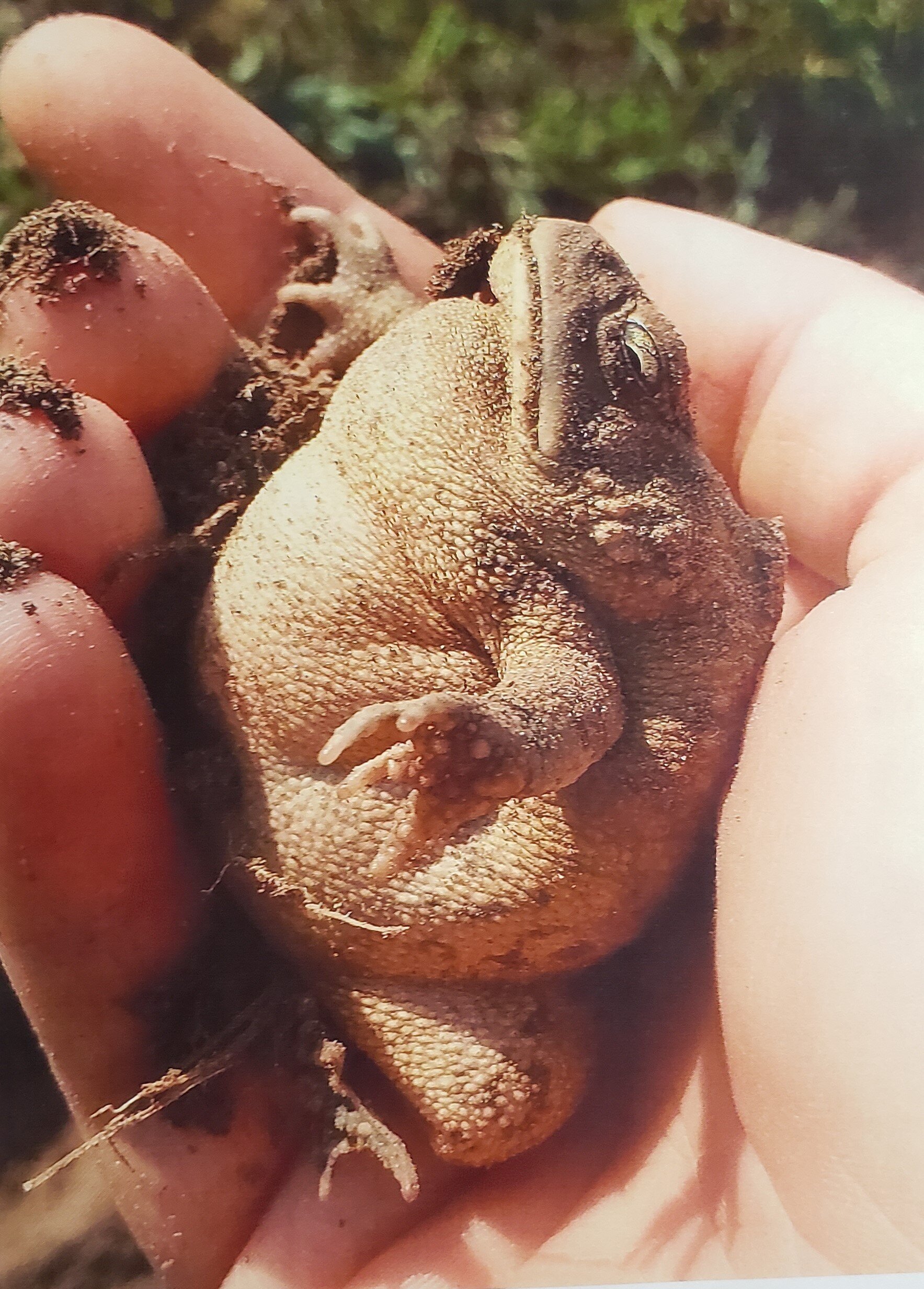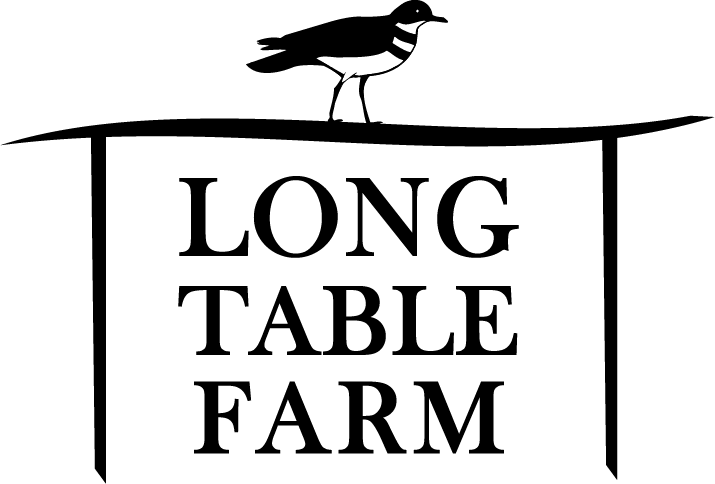The story behind our logos
People often ask us about the bird on our logo. The first season (2014) at Upper Pond Farm on Sill Lane, Farmer Baylee had a lot of hopes and dreams, but not a lot of capital or tools. She had practiced organic agriculture using three sources of power or traction in Vermont.
Human power, where you grow a large and intensive garden with simple hand powered tools. Draft power, where you employ livestock to help you with heavy work like plowing, cultivation, spreading compost and manure. Tractor power, is a system dependent on motorized, usually fossil fuel powered, tools. Tractor power can be used sustainably, but heavy tractors compact soil, reducing soil health. Tractors separate the farmer from the soil. Farmer Baylee decided she would start her farm with human power.
One day while tending the lettuce, weeding it on her hands and knees, Farmer Baylee discovered some cleverly camouflaged Killdeer eggs. Killdeer are wonderful at disguising their ground nests (link here to more info), and often choose areas near humans to hide their eggs (find an article with a picture of their eggs here). There were four eggs in the nest, and soon a mother and father chirped and ruffled their feathers, defending the unattended nest. Baylee’s mother, Lynn (who does an excellent Killdeer call), taught her to identify and appreciate these small fluffy birds. Over the next month, Baylee tended the lettuce bed, not weeding or harvesting too close to the nest, giving the birds a bit of privacy. The eggs hatched and became little Killdeer, resembling puffballs on stilts. Still later that season the parents successfully fledged all four offspring.
To this day, many Killdeer nests are found on our farm. If Baylee used a tractor indiscriminately to cultivate our fields, she would not have seen the Killdeer nest. Through our connection with the land, we have learned to keep an eye out for the variety of creatures that call our farm home. Our growing practices consider wildlife part of our farm.
We cultivate a farm that is a healthy habitat for many species of wildlife. High biodiversity means there is usually a predator living on the farm to deal with our pests. We are thrilled to see snakes, foxes and hawks hunting rodents in our fields. Praying mantises keep a check on insect pests, and parasitic wasps target tomato horned worms. Using no poisons on our farm keeps predators alive and active. We farm with the ecosystem of our farm.
The Killdeer on our logo reminds us that every action and decision we make on our farm impacts our ecosystem. We have changed our name to reflect the growth of our farm but we have kept the Killdeer on our logo and remain committed to a farm that is a healthy home for baby Killdeer!
Thank you to Nora Lynn for her work on our new Long Table Farm logo. Thank you to Jac Lahav for encouraging us to tell this story.





